Welcome to the ultimate travel guide where we will explore and compare two of the most popular travel destinations in Latin America: Costa Rica vs Mexico. Both of these countries are known for their unique cultures, beautiful landscapes, and delicious cuisines. Costa Rica, often called the “Switzerland of Central America,” is known for its stunning beaches, lush rainforests, and diverse wildlife. Mexico, on the other hand, is a country of vibrant colors, rich history, and ancient ruins, with its cuisine being recognized as one of the best in the world.

While both countries have their own distinct personalities and attractions, they share a common thread of warmth and hospitality that makes them a popular choice for travelers looking for adventure, relaxation, and exploration.
So pack your bags, grab your camera, and get ready to immerse yourself in the beauty and wonder of these two amazing countries.
Top Things to Do: Costa Rica vs Mexico
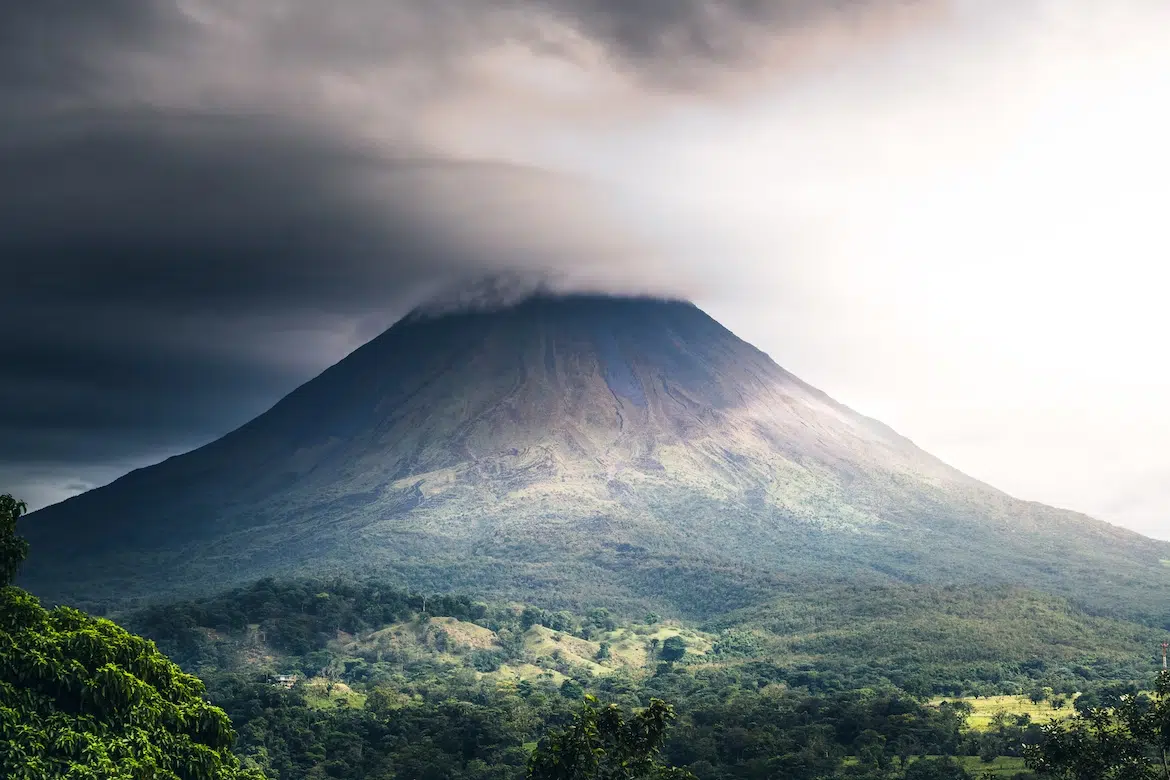
After comparing Costa Rica and Mexico, it is clear that both countries have a lot to offer tourists. From exhilarating outdoor activities such as zip lining, white-water rafting and volcano climbing in Costa Rica, to cultural experiences such as exploring ancient ruins and traditional villages in Mexico, both countries offer travellers a wealth of exciting opportunities.

In Costa Rica, visitors can explore the beautiful beaches, majestic volcanoes and lush rainforests that make up this unique country. There are also many canopy tours for those looking for a thrill, as well as opportunities to observe wildlife in its natural habitat. The country also has an abundance of luxury resorts and golf courses, spas and boutique hotels for travelers who prefer a more relaxing holiday.
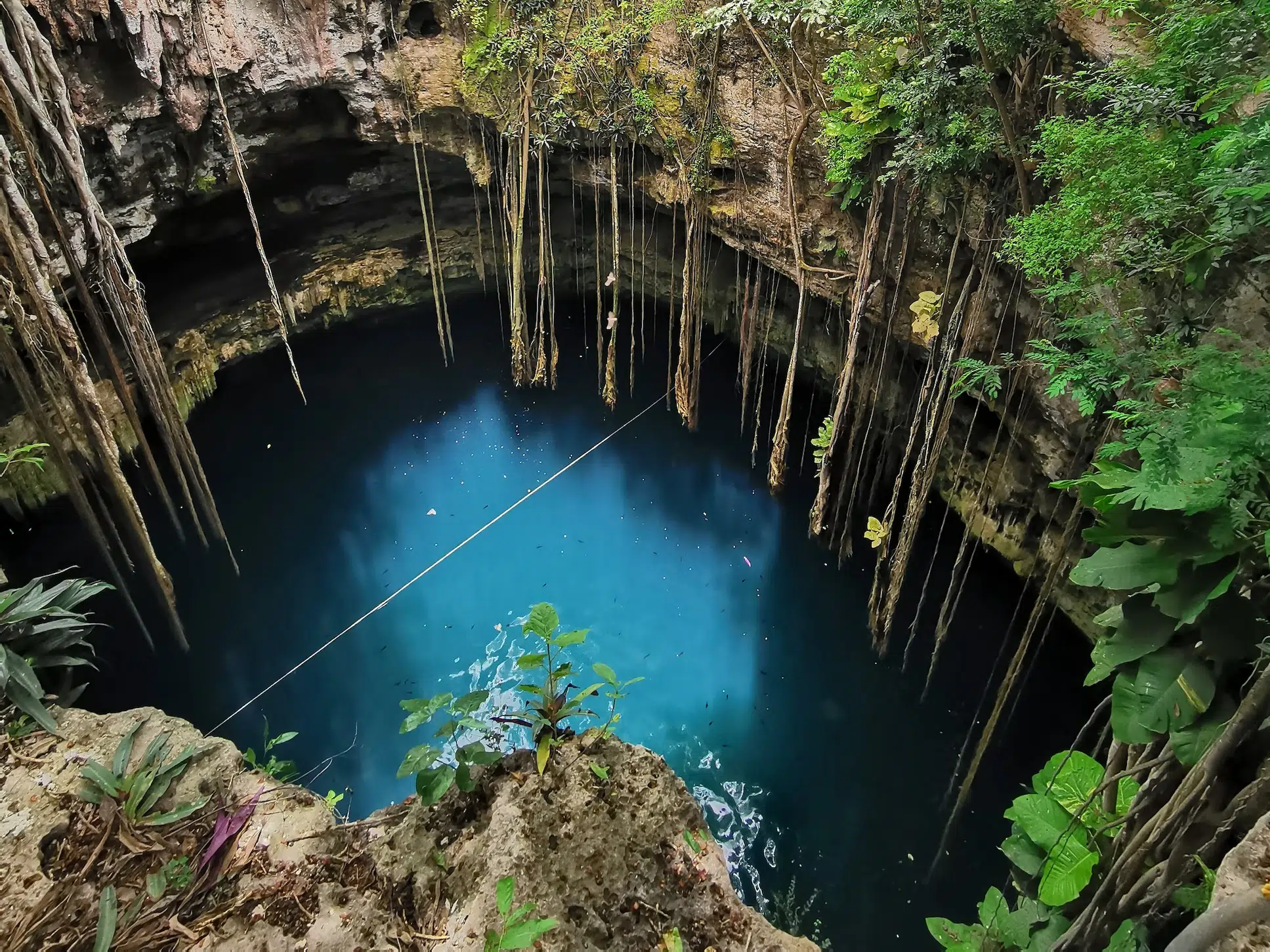
Mexico, on the other hand, offers a range of unique attractions, from the ancient pyramids of Teotihuacán to the canals of Xochimilco and the cenotes of Yucatán. Visitors can also learn about the country’s rich cultural heritage by exploring its colonial cities, immersing themselves in local customs and traditions, and taking part in vibrant music and dance performances. Mexico also boasts some stunning beaches, ideal for swimming and snorkelling, as well as some of the best diving in the world.
Overall, both Costa Rica and Mexico have something to offer travelers of all types, whether they are looking for adventure or relaxation. From ziplining through the rainforest to exploring the ancient ruins of Mexico, these two countries offer an unforgettable experience for anyone looking to experience the beauty and culture of Latin America.
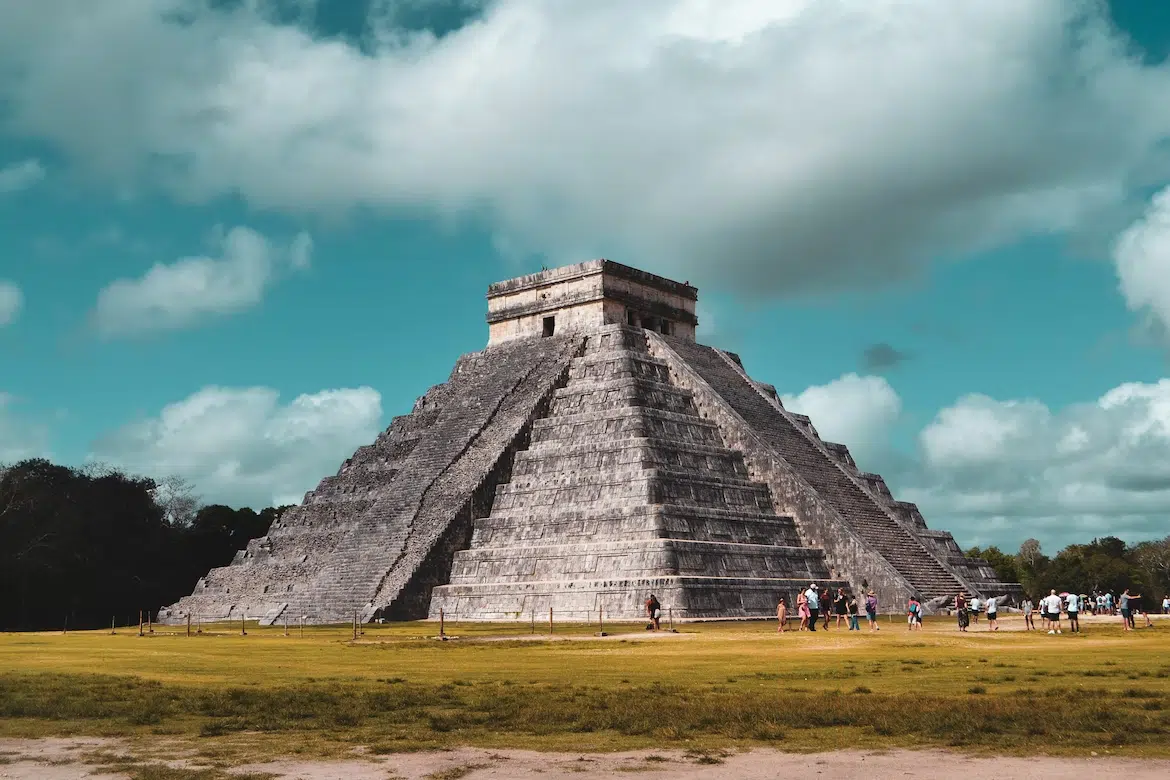
Summary
| Costa Rica | Mexico | |
| Outdoor | Zip lining, white-water rafting, volcano climbing, observing wildlife in natural habitat | Exploring ancient ruins, traditional villages, swimming, snorkeling, diving |
| Natural | Beautiful beaches, majestic volcanoes, lush rainforests | Ancient pyramids of Teotihuacán, canals of Xochimilco, cenotes of Yucatán |
| Overall | Something for travelers of all types, from adventure to relaxation | Something for travellers of all types, exploring beauty and culture of Latin America |
Food and Drinks
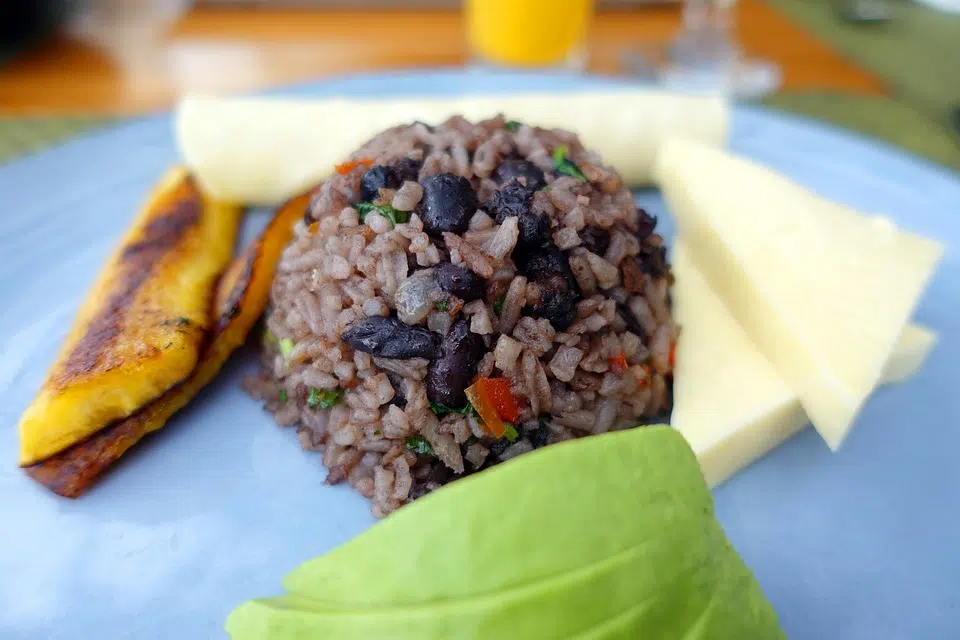
Breakfast is an important meal in both countries. Costa Ricans often eat gallo pinto, a combination of rice and black beans, or casado, which includes rice, black beans, plantains, salad, tortillas and a protein like chicken, beef or pork. Breakfast in Mexico often includes tacos al pastor, tacos stuffed with pork and pineapple, or huevos rancheros, eggs with a tomato sauce.
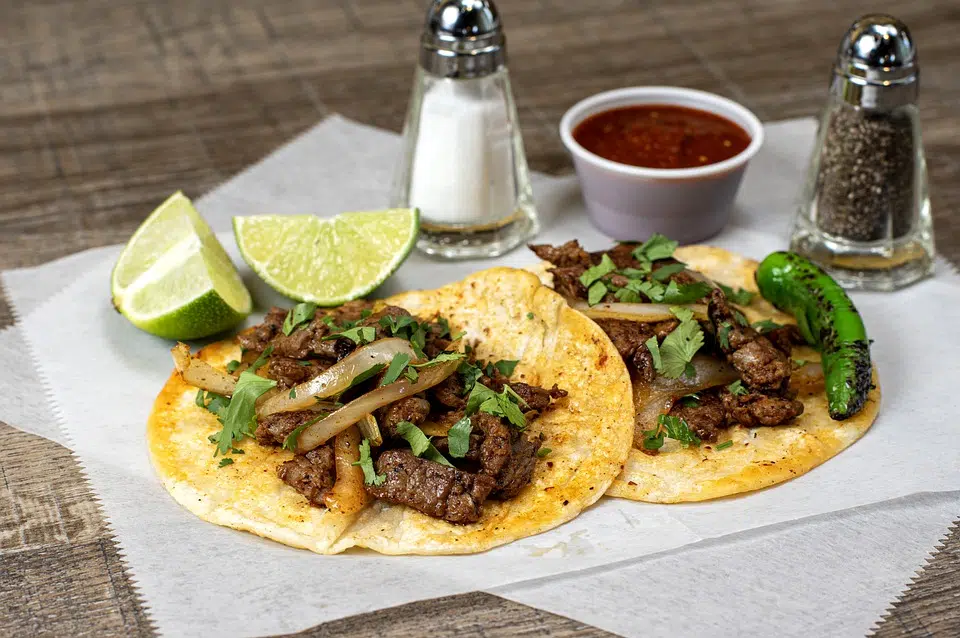
In Costa Rica, lunch often consists of the same dishes as breakfast, such as gallo pinto, casado and olla de carne (beef and root vegetable soup). In Mexico, lunch usually consists of tacos, quesadillas and sopes (small corn tortillas with a variety of toppings).
Refrescos made with fruit and ice, pipas (coconut water), beer and cebada (fermented barley) are the most popular drinks in Costa Rica. In Mexico, tequila, mezcal, kahlua, lager and negra modelo (dark beer) are commonly consumed.
Costa Rican cuisine is known for its fresh ingredients such as exotic fruits and vegetables, beef, pork and fish. Mexican cuisine is a blend of indigenous and Spanish influences and is based on corn, beans and chillies. Popular dishes include mole (a series of complex sauces), guacamole, exotic fruits, cabrito asado (roast kid goat), quesadillas, flautas (chicken-stuffed tortillas) and salsas.
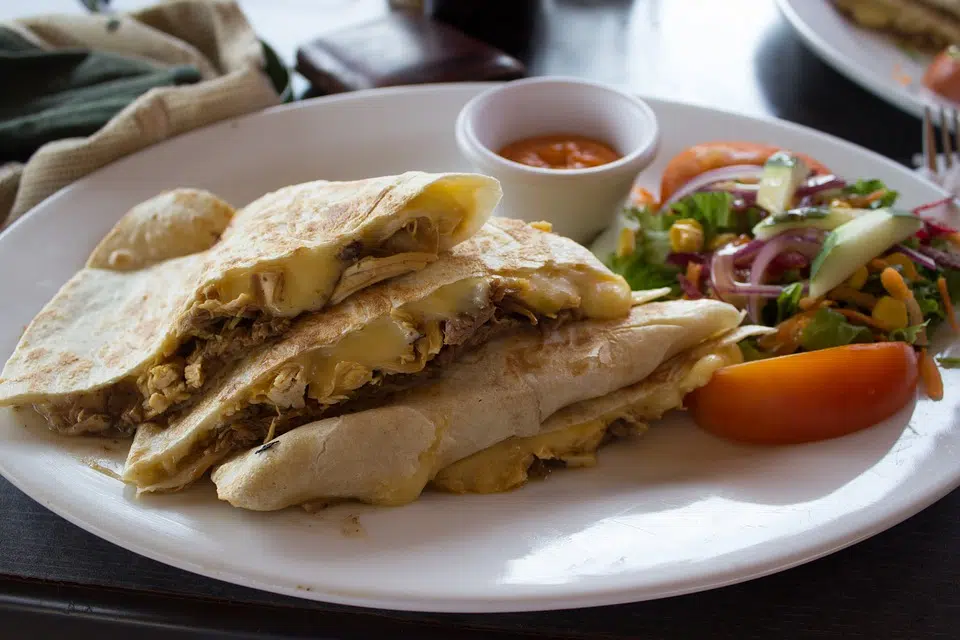
In Costa Rica, restaurants usually add a 10% service charge to the bill, and anything above that is at the diner’s discretion. In Mexico, service charges are rarely added to hotel, restaurant or bar bills and many staff depend on tips for their livelihood. 15% is expected and 20% if the service was very good. The drinking age is 18 in both Costa Rica and Mexico.
Costa Rica vs Mexico – the Conclusion
When it comes to comparing the food and drink of Costa Rica and Mexico, there are many similarities, but also some distinct differences. Both countries have a wide variety of dishes and drinks that are popular with locals and tourists alike.

Overall, Costa Rica and Mexico offer a variety of delicious and unique food and drink options. The main difference between the two countries lies in the ingredients used in the dishes and the way they are prepared. Whether you are looking for traditional Mexican fare or something more exotic, both countries have something to offer.
| Category | Costa Rica | Mexico |
| Popular breakfast | Gallo pinto, casado (rice, black beans, plantains, salad, tortillas and a protein) | Tacos al pastor (pork and pineapple tacos), huevos rancheros (eggs with tomato-based sauce) |
| Popular lunch | Gallo pinto, casado, olla de carne (beef and root vegetable soup) | Tacos, quesadillas, sopes (small corn tortillas with a variety of toppings) |
| Popular drinks | Refrescos (fruit and ice drinks), pipas (coconut water), beer, cebada (fermented barley) | Tequila, mezcal, kahlua, lager, negra modelo (dark beer) |
| Key ingredients | Exotic fruits, vegetables, beef, pork, fish | Corn, beans, chillies |
| Popular dishes | – | Mole (complex sauces), guacamole, exotic fruits, cabrito asado (roast kid goat), quesadillas, flautas (chicken-stuffed tortillas), salsas |
| Service charge and tipping | 10% service charge added to the bill, anything above is at the diner’s discretion | Service charges rarely added, 15% expected, 20% for very good service |
| Drinking age | 18 | 18 |
Beaches
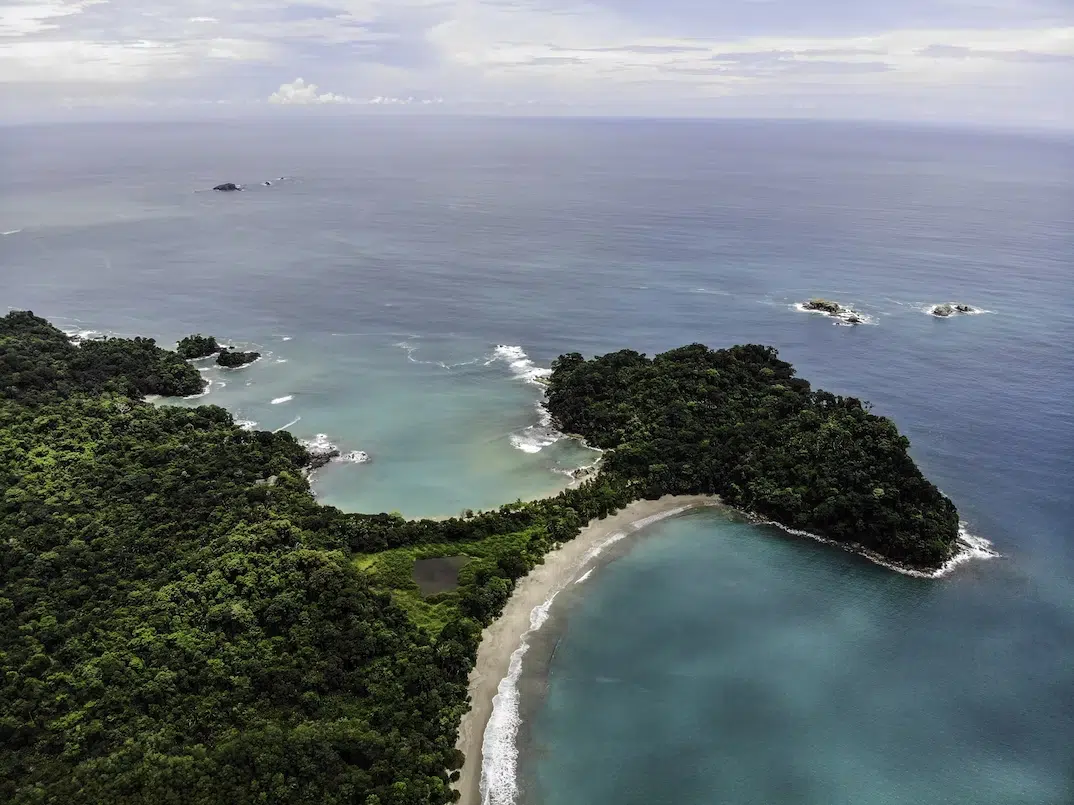
On the Caribbean side, the Southern Caribbean has pristine turquoise Caribbean waters and white sandy beaches. Mexico’s beaches are equally stunning, with nearly 5,800 miles of coastline along the warm Gulf of Mexico to the east and the wild, surfer-friendly Pacific Ocean to the west.
In Costa Rica, some of the top spots to visit include Santa Rosa National Park, Las Catalinas, Playa Avellanas, Nosara, Playa Montezuma, Malpaís & Santa Teresa, and Manuel Antonio. The most famous beach in Costa Rica is Playa Biesanz Manuel Antonio. On the Pacific side, the beaches tend to be better for surfers as they have more waves. On the Caribbean side, the sand tends to be whiter and the water clearer.
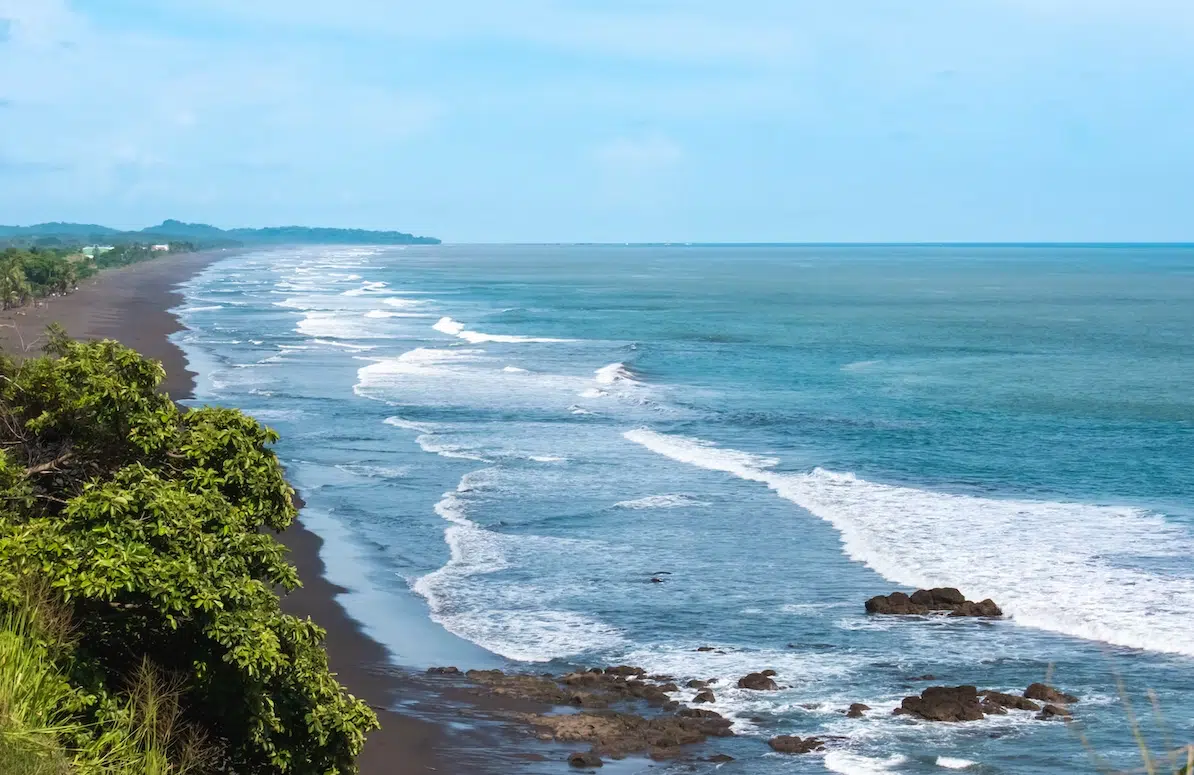
In Mexico, some of the best beaches include
- Playa del Amor in Cabo San Lucas
- Playa Sisal in Yucatan
- Playa Mayto in Jalisco
- Progreso in Yucatan
- Medano Beach in Cabo San Lucas
- Sian Ka’an Biosphere Reserve in Quintana Roo
- Playa Tangolunda in Huatulco
- Playa Maroma on the Riviera Maya
- Isla Holbox
- Isla Mujeres
- Playa Norte
- Playa Centro
- Garrafon Reef Park
- Tulum
- Punta Mita in Nayarit
- Playa Balandra in La Paz.
The most famous beach in Mexico is Cancun Beach on the Riviera Maya, which stretches for 14 miles and is known for its developed tourist industry, powder-soft white sand and turquoise sea.
Beaches summary for Costa Rica vs Mexico

When it comes to comparing Costa Rica and Mexico for beach holidays, there is no clear winner. Both countries offer travelers a wide range of beaches, from secluded paradises to bustling party spots. Costa Rica’s Pacific coast has the greatest variety of beaches, with everything from dry tropical forests to lush rainforests.
In conclusion, both Costa Rica and Mexico have beaches to suit every traveler.
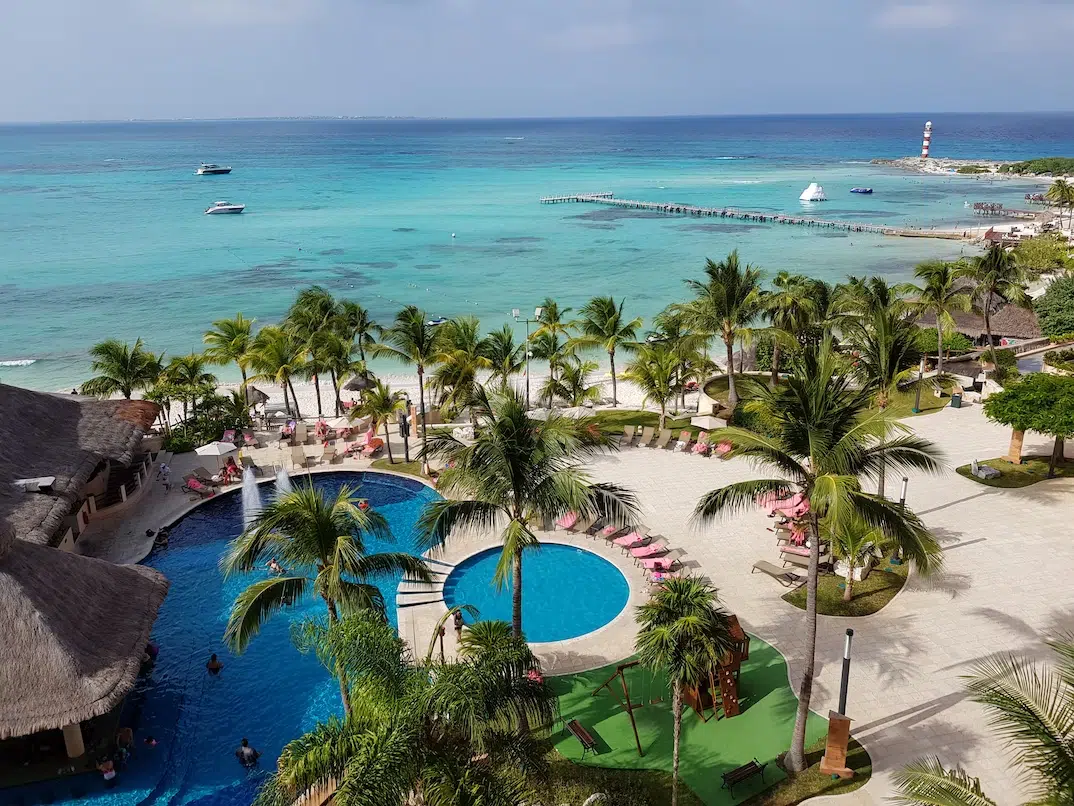
Costa Rica has the greater variety of beaches, while Mexico offers a stunning array of coastlines and activities. Ultimately, the decision as to which country is better for a beach holiday depends on the traveller’s preferences.
| Category | Costa Rica | Mexico |
| Coastline | Not specified | Nearly 5,800 miles |
| Types | Secluded paradises to bustling party spots, dry tropical forests to lush rainforests, pristine turquoise Caribbean waters and white sandy beaches | Equally stunning beaches |
| Top beaches | Santa Rosa National Park, Las Catalinas, Playa Avellanas, Nosara, Playa Montezuma, Malpaís & Santa Teresa, Manuel Antonio, Playa Biesanz Manuel Antonio | Playa del Amor in Cabo San Lucas, Playa Sisal in Yucatan, Playa Mayto in Jalisco, Progreso in Yucatan, Medano Beach in Cabo San Lucas, Sian Ka’an Biosphere Reserve in Quintana Roo, Playa Tangolunda in Huatulco, Playa Maroma on the Riviera Maya, Isla Holbox, Isla Mujeres, Playa Norte, Playa Centro, Garrafon Reef Park, Tulum, Punta Mita in Nayarit, Playa Balandra in La Paz |
| Famous beach | Playa Biesanz Manuel Antonio | Cancun Beach on the Riviera Maya |
Transportation
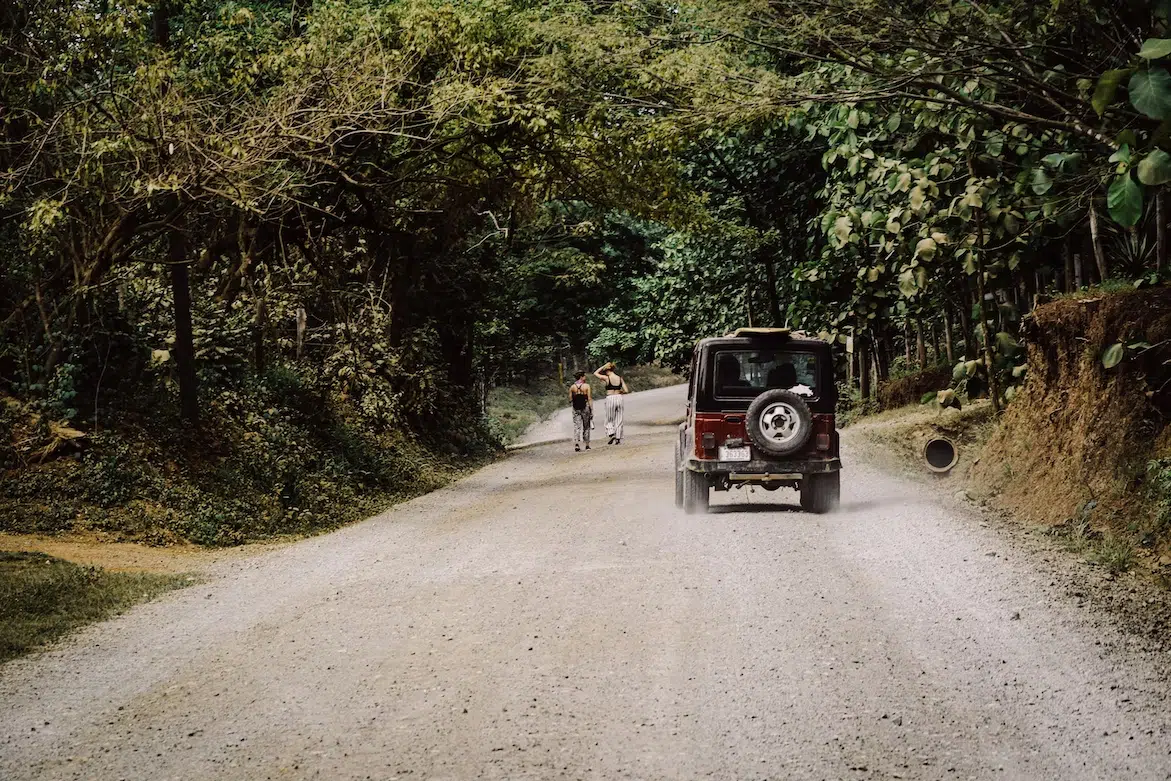
When it comes to traveling in Costa Rica and Mexico, there are some key differences between the two countries.
In Costa Rica, the most common methods of getting around are rental cars, shuttle buses, private vans, ferries or domestic flights. Shuttle buses are an economical option, while private transport is more flexible and allows for more sightseeing. Rental cars are also available, but drivers should be aware of road conditions. In Mexico, the most popular modes of transport are buses, domestic flights, taxis, colectivos, minibuses and peseros for short city trips, cars and motorcycles for more flexibility, and ferries to and from the Baja Peninsula.
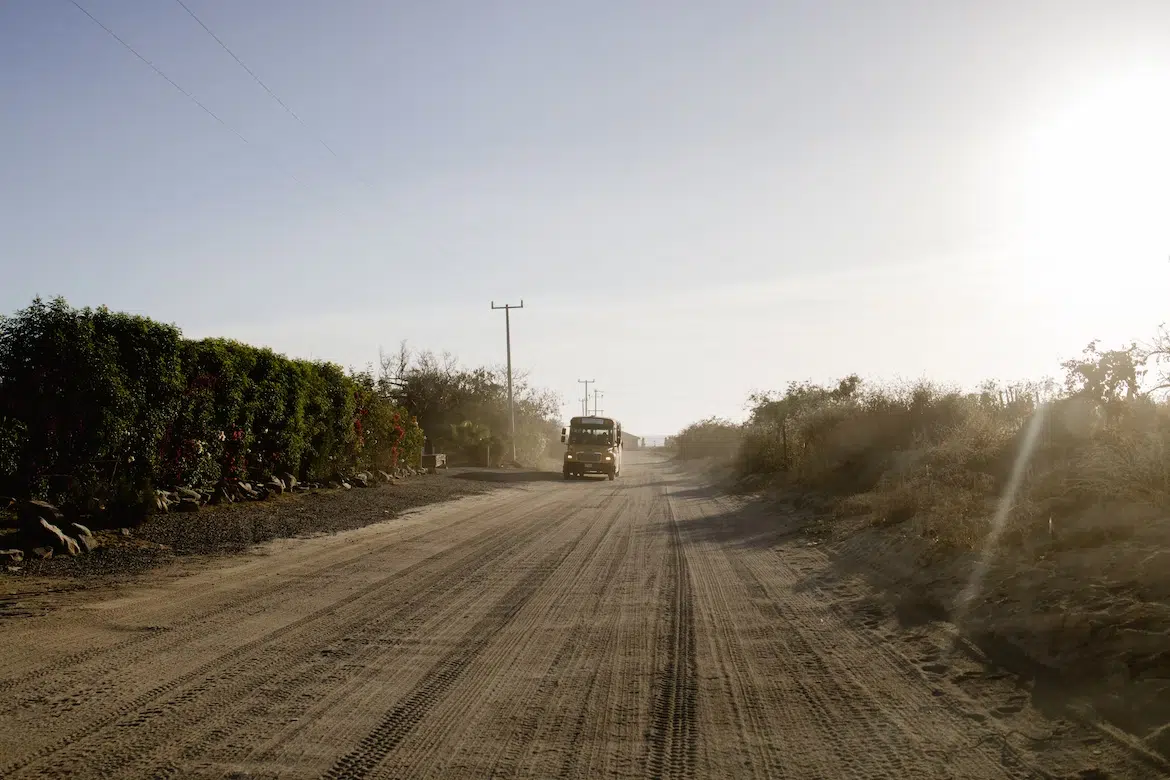
For those wishing to travel around Costa Rica, shuttle buses are a great economical option that can pick you up and drop you off at your hotel. Private transportation is also available for those who prefer a more flexible schedule and a better price. For those wishing to rent a car, remember to keep doors and windows closed and locked, and to note and confirm any damage to the vehicle before leaving. Travel times between destinations can vary, so check the approximate distance on Google Maps. Domestic flights are also an option and can reduce the journey time to as little as 35 minutes.
Buses are the most popular form of transport in Mexico and are generally very cheap and reliable. Taxi fares can also be surprisingly cheap and are usually based on distance. Cars and motorbikes are great for more flexibility, and ferries are the best way to get to and from the Baja Peninsula. There are also regional airlines with good safety records that offer low-cost flights to a number of destinations.
Conclusion Transportation

Overall, there are a few key differences between transport in Costa Rica and Mexico. Costa Rica has shuttle buses, private transportation, rental cars and domestic flights, while Mexico has buses, taxis, colectivos, minibusses, peseros, cars and motorcycles, and ferries.
It is important to remember to note and confirm any damage to the vehicle before setting off in Costa Rica, and to agree the fare in advance when taking a taxi in Mexico. Both countries have excellent transport options to suit the needs of any traveller.
| Category | Costa Rica | Mexico |
| Popular modes | Rental cars, shuttle buses, private vans, ferries, domestic flights | Buses, domestic flights, taxis, colectivos, minibuses, peseros, cars, motorcycles, ferries |
| Economical options | Shuttle buses | Buses |
| Flexible options | Private vans, rental cars | Cars, motorcycles |
| Domestic flights | Available and can reduce journey time | Available with low-cost options |
| Specific considerations | Drivers should be aware of road conditions and confirm any damage to the vehicle before leaving when renting a car in Costa Rica | Agree on the fare in advance when taking a taxi in Mexico |
Travel Time
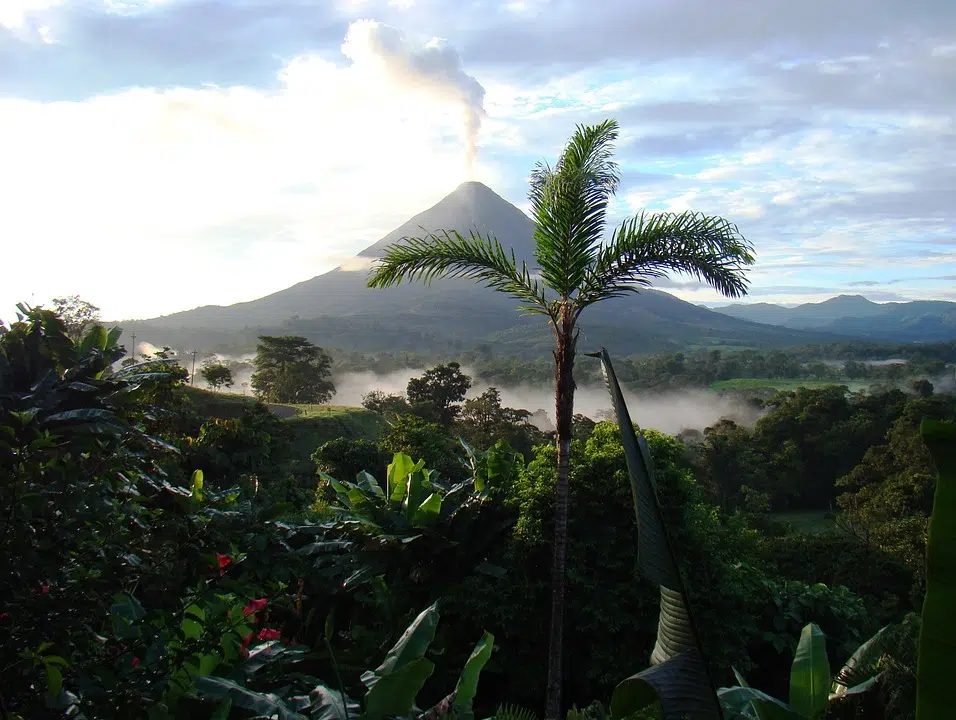
When it comes to comparing the travel season for tourists in Costa Rica and Mexico, there are a few key points to consider. Firstly, the best time to visit Costa Rica is between mid-December and April. This is the dry season and offers plenty of sunshine and perfect conditions for wildlife viewing, beach days and outdoor activities.
However, this is also the most popular and expensive time to visit, which means busy coastal resorts and higher prices. On the other hand, the best time to visit Mexico is between December and April, when there is virtually no rain. This is the driest season and the coolest months are between December and February. However, during this high season, prices can be quite high and accommodation can be booked up weeks in advance.

In terms of the best time to visit each region within these two countries, Puerto Limón in Costa Rica is best visited in February, March and April, while San José is best visited in January, February, March, April and December. In Mexico, Mexico City is best visited in January, February, March and April, while Mérida is best visited in January, February, March, April, October, November and December.
La Paz is best visited all year round except June, July, August and September, while Monterrey is best visited in January, February, March and April. Cancun is best visited in January, February, March, April, November and December, while Playa del Carmen is best visited in January, February, March, April, May, November and December. Tulum is best visited in January, February, March, April and December.
Overview
In conclusion, both Costa Rica and Mexico offer great travel options for tourists regarding time. While Costa Rica’s dry season (mid-December to April) offers perfect conditions for wildlife-spotting, beach days, and outdoor activities, Mexico’s dry season (December to April) provides virtually no rain and cooler temperatures.
However, it is important to keep in mind that the peak season in both countries can mean higher prices and crowded resorts. Different regions within each country also have their own unique best times to visit, so be sure to research these before making travel plans.
| Category | Costa Rica | Mexico |
| Best time | Mid-December to April | December to April |
| Weather during best time | Dry season, sunny and warm | Driest season, virtually no rain, cooler temperatures |
| Peak season | Mid-December to April | December to April |
| Pros | Perfect conditions for wildlife viewing, beach days, and outdoor activities | Virtually no rain, cooler temperatures |
| Cons | Busy coastal resorts, higher prices | High prices, booked up accommodations |
Weather and Climate
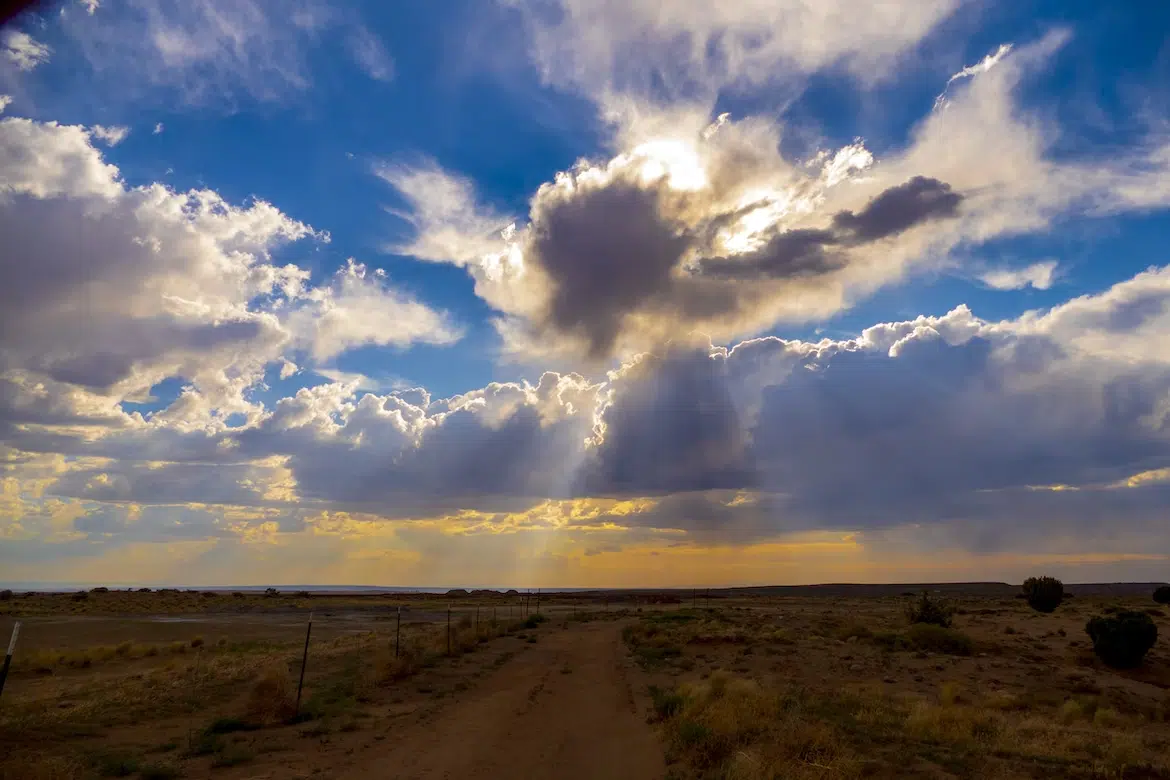
Costa Rica and Mexico are two Central American countries located in a similar geographical region, but with different climates. While Costa Rica has a tropical climate, Mexico’s climate is more varied, ranging from subtropical to alpine to desert.
In Costa Rica, temperatures remain relatively constant throughout the year due to its proximity to the equator. The country is known for its abundance of rainforest, and there is a distinct dry season from December to April and a rainy season from May to November. The Caribbean coast of Costa Rica is known for its year-round rainfall, while the Pacific coast has a more defined rainy season, usually from early May to late November. The central highlands and the southernmost part of the Pacific coast have an equatorial climate with abundant rainfall throughout the year.
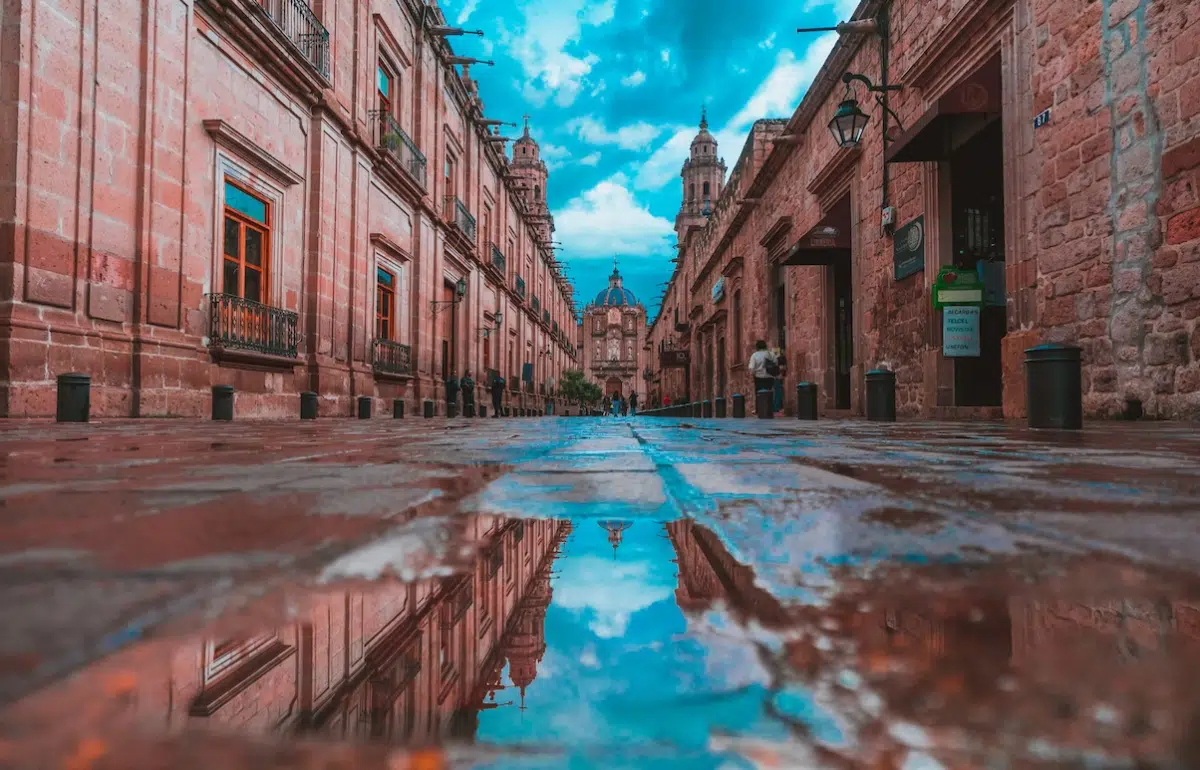
Mexico’s climate is much more varied than Costa Rica’s due to its different altitudes and landscapes. In the southeast, where most of the tourist destinations are located, temperatures remain constant throughout the year. This region has a tropical climate and experiences its heaviest rains from May to September. The northern part of the country is drier, and along the beaches, September to mid-October is hurricane season. The dry season in Mexico usually begins in November and ends in April.
Overview
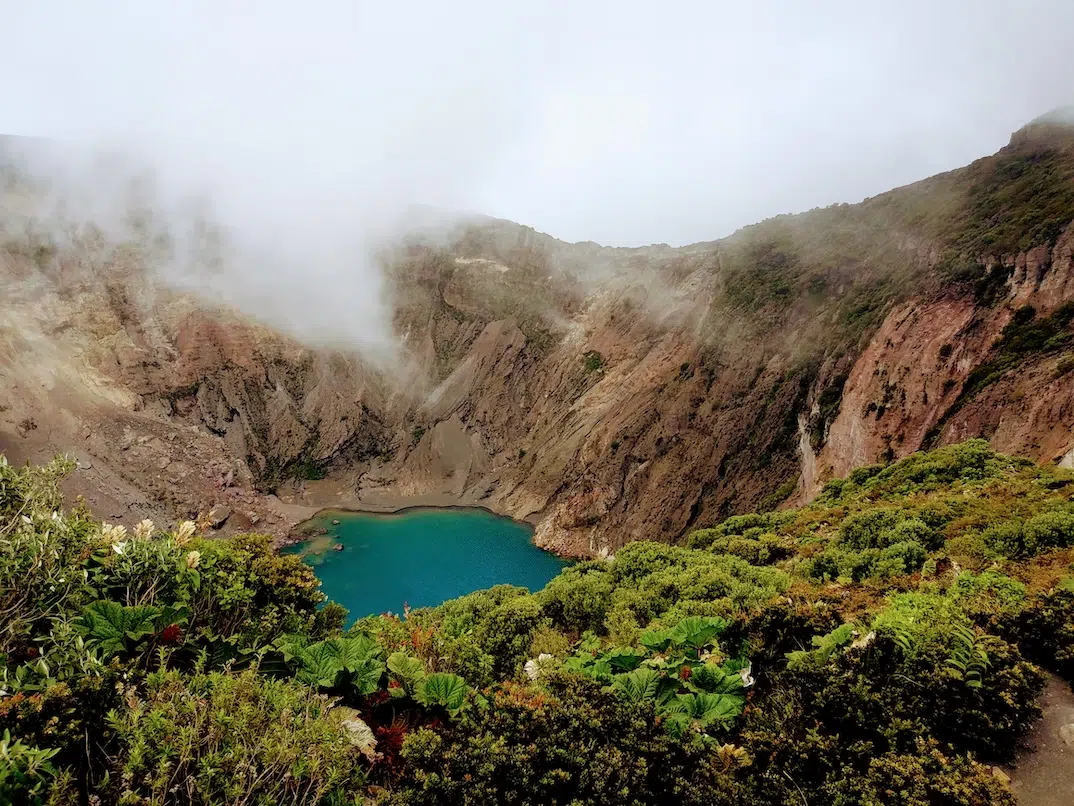
Overall, Costa Rica and Mexico both have warm climates, but the weather patterns and rainfall vary greatly between the two countries. Costa Rica is known for its tropical climate and constant temperatures, while Mexico’s climate is more varied and experiences heavier monsoon rains at certain times of the year. Both countries offer beautiful weather and magnificent scenery, so it is up to the individual traveller to decide which destination best suits their needs.
| Category | Costa Rica | Mexico |
| Climate | Tropical climate with constant temperatures throughout the year | Varied climate ranging from subtropical to alpine to desert |
| Rainfall | Distinct dry season from December to April and a rainy season from May to November. Caribbean coast experiences year-round rainfall, while Pacific coast has a defined rainy season from early May to late November. | Heavy rains from May to September in the southeast, while the northern part of the country is drier. Hurricane season along the beaches from September to mid-October. Dry season usually from November to April. |
Accomodations
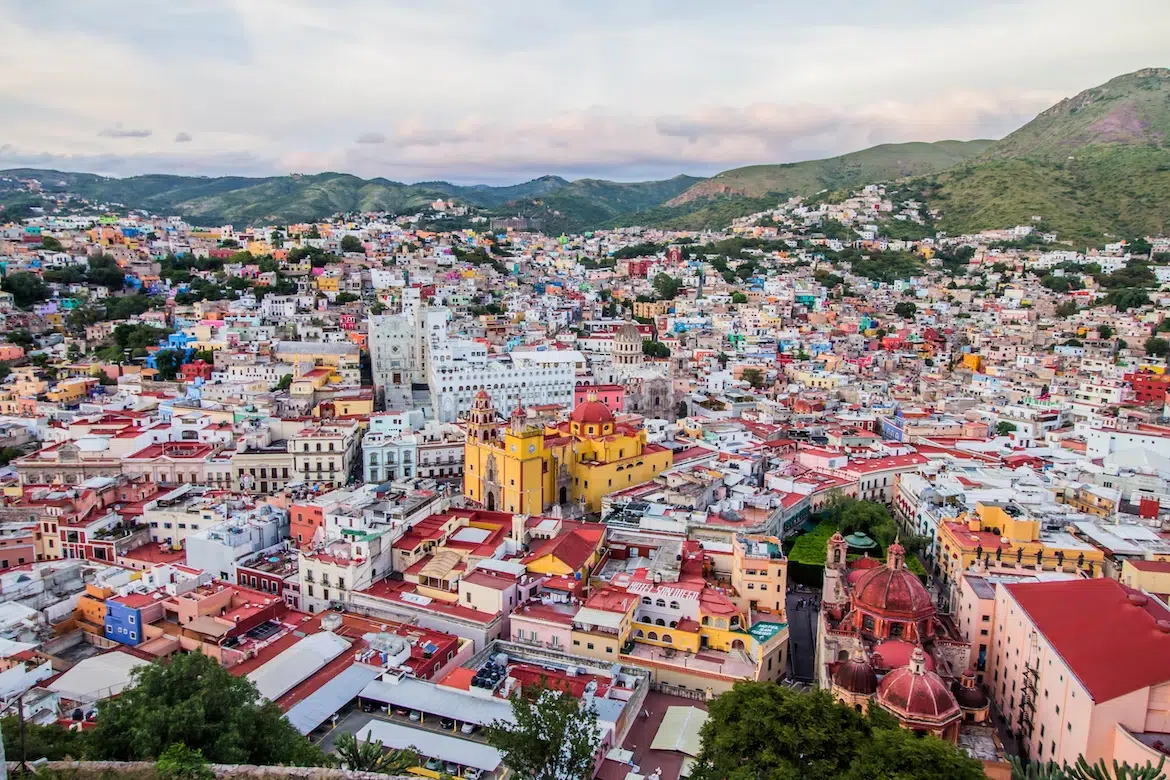
When it comes to choosing a place to stay while visiting Costa Rica or Mexico, both countries offer a variety of options to suit every traveller’s needs. From luxury resorts to eco-lodges and family-run hotels, both countries offer a wide range of accommodation.
Costa Rica is known for its lush natural beauty and abundant wildlife, making it the perfect destination for those looking for a truly unique holiday. Hotels range from 5-star luxury resorts to small, family-run guesthouses. Costa Rica is also home to many eco-lodges, offering visitors the opportunity to explore the country’s tropical forests and observe its many species of birds, sloths and monkeys.

For those looking for a more sustainable experience, Costa Rica has a Certificate of Sustainable Tourism (CST) programme, which recognises hotels that meet certain sustainability criteria. Bed and breakfasts are also plentiful and can be found throughout the country.

Mexico is a popular destination for travellers of all types. From large international hotel chains to smaller, family-run establishments, Mexico offers a variety of accommodation options. All-inclusive packages are particularly popular in places like Cancun, where travellers can enjoy meals, snacks, soft and alcoholic drinks, and access to non-motorised water sports.
Mexico is also home to many hostels, bed & breakfasts and cabañas, most of which are set in natural surroundings and offer an authentic atmosphere. For those wishing to camp, there are official campsites for RV travellers, as well as private campsites and hotels in beach resorts where tents can be pitched.
Summary: Costa Rica vs Mexico
No matter what your travel needs, both Costa Rica and Mexico offer a wide array of accommodations to make your trip memorable. Whether you’re looking for a luxurious getaway or an adventure in the wilderness, you’ll find plenty of options to choose from.
| Category | Costa Rica | Mexico |
| Options | Luxury resorts, family-run hotels, eco-lodges, B&Bs | Large international hotel chains, family-run establishments, hostels, B&Bs, cabañas, campsites |
| Popular | Lush natural beauty, abundant wildlife | All-inclusive packages in places like Cancun |
| Unique experiences | Exploring tropical forests, observing wildlife | Authentic atmosphere in natural surroundings |
| Overall | Wide array of options for all travel needs | Wide array of options for all travel needs |
Economy
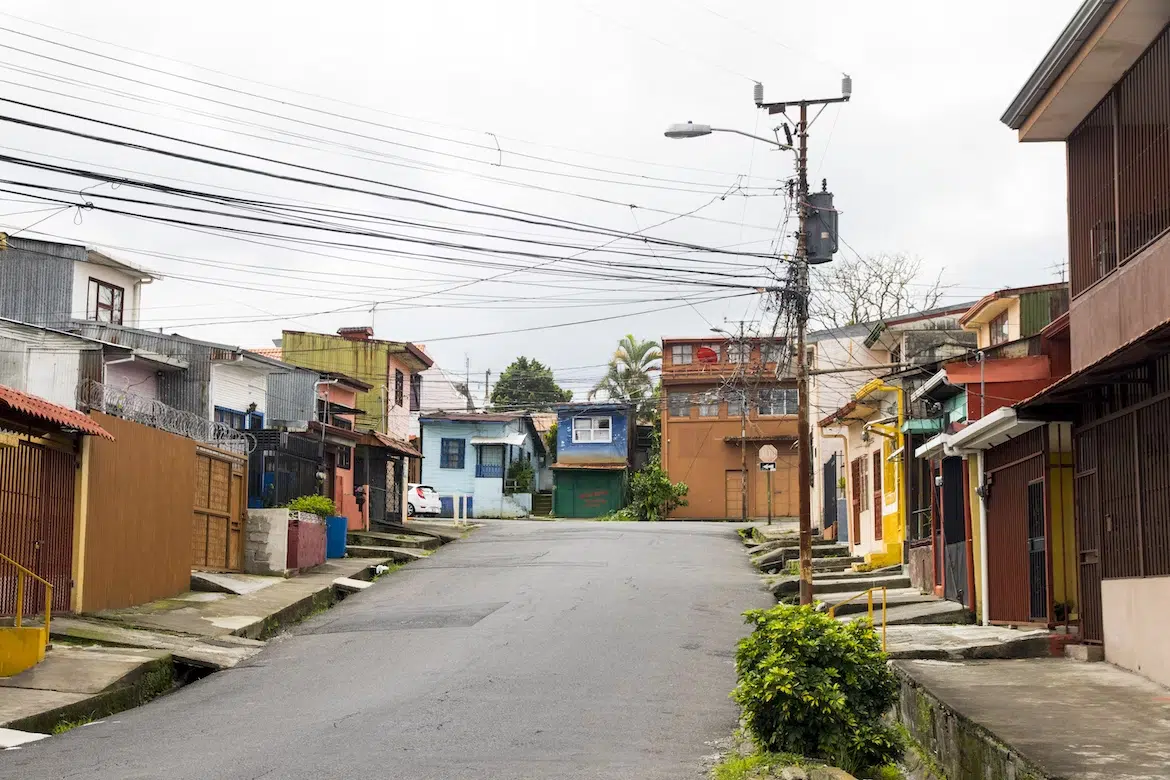
The economies of Mexico and Costa Rica are both relatively strong by Central American standards. However, there are some notable differences between the two countries.
Costa Rica has a population of 5.25 million, a GDP (PPP) of $102.5 billion and a GDP per capita of $19,990. The country has an unemployment rate of 17.1% and an inflation rate of 0.7%. The top personal income tax rate is 25% and the top corporate tax rate is 30%. The overall tax burden is 23.6 per cent of total domestic income. The country’s economy has grown steadily in recent years and is currently the most prosperous of the five countries in the Central American Common Market.
Mexico has a population of 133.8 million, a GDP (PPP) of $2.4 trillion and a GDP per capita of $19,130. The country has an unemployment rate of 4.7% and an inflation rate of 3.4%. The top personal income tax rate is 35% and the top corporate tax rate is 30%. The overall tax burden is 16.5 per cent of total domestic income. The country’s economy has experienced some turbulence in recent years, with a decline in growth of 8.2 per cent and a 5-year average annual growth rate of 0.3 per cent.
Despite the differences between the two economies, there are similarities. Both countries have free healthcare and both have high levels of external debt. In addition, both countries have attempted to diversify their economies to reduce their reliance on agricultural exports.
Economic Comparison: Costa Rica vs Mexico
Overall, the economies of Costa Rica and Mexico are similar in terms of their size and economic structure. However, there are also some notable differences, such as the level of unemployment, the level of inflation, and the overall tax burden.
Despite these differences, both countries have seen steady growth in recent years, and they have been able to reduce their dependence on agricultural exports. As a result, both countries are in a strong position to continue to develop their economies in the future.
| Category | Costa Rica | Mexico |
| Population | 5.25 million | 133.8 million |
| GDP (PPP) | $102.5 billion | $2.4 trillion |
| GDP per capita | $19,990 | $19,130 |
| Unemployment rate | 17.1% | 4.7% |
| Inflation rate | 0.7% | 3.4% |
| Top personal income tax rate | 25% | 35% |
| Top corporate tax rate | 30% | 30% |
| Overall tax burden | 23.6% of total domestic income | 16.5% of total domestic income |
In conclusion: Costa Rica vs Mexico
In conclusion, both Costa Rica and Mexico offer a wide range of attractions, beautiful beaches and delicious food and drink. While Costa Rica is smaller and easier to get around, Mexico offers a greater variety of destinations and cultural experiences. Transport is plentiful in both countries, with affordable options for those on a budget. Accommodation is also plentiful in both countries, ranging from budget hostels to luxury resorts.
Economically, Mexico has a larger and more diverse economy than Costa Rica, but both countries have strong tourism industries. Ultimately, the choice between these two countries comes down to personal preferences and interests. Whether you’re looking to relax on a pristine beach, explore lush rainforests or immerse yourself in vibrant cultures, both Costa Rica and Mexico have something to offer.
Article: Costa Rica vs Mexico! You can find more Mexico articles here: Mexico blogs or looking for a comparison of Mexico vs Venezuela!
- A Milestone in North Korea Tourism: Russian Tourists Arrive - January 14, 2024
- Rediscovering China’s Skies: China International Flights Recovery - January 7, 2024
- Exploring the Philippines: A Record-Breaking Tourism in 2023 - January 7, 2024
